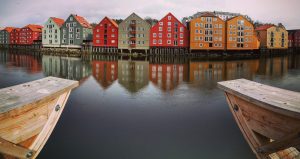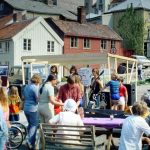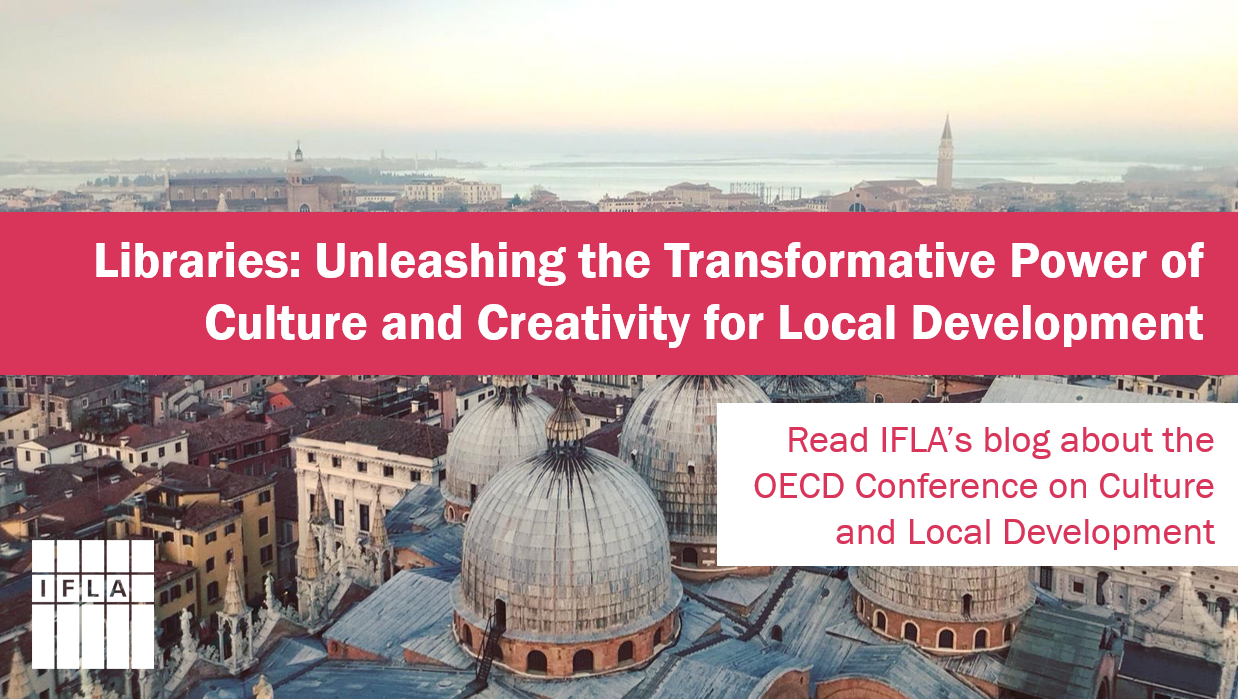Cultural diversity is a force for development.
It nurtures a climate of mutual understanding, celebration of differences, and critical thinking to combat pre-conceived notions of the “other”. This is a vital component of building peace, stability, and development.
UNESCO states that three-quarters of the world’s major conflicts have a cultural dimension.
In order bridge these divides, we must begin with the acceptance and recognition of cultural diversity as being central to peacebuilding. This is reflected in UNESCO’s cultural conventions, including the 2005 Convention for the Protection and Promotion of the Diversity of Cultural Expressions.
Fully realising cultural diversity as a driver for development will take cooperation at all levels: from the local to the international, from memory institutions to civil society, individuals to policy makers.
With our mission of facilitating access to information, our role as defenders of free speech, and our responsibility of protecting and sharing the heritage of our communities, libraries are key players.
To celebrate the World Day for Cultural Diversity for Dialogue and Development (21 May) this article will explore and hopefully inspire reflection on some of the ways libraries act as cultural hubs – as gateways connecting our communities to one another, and to diverse expressions of culture the world over.
Access to Culture
International human rights law guarantees the right to culture, to freedom of expression, and to engage in the cultural life of one’s community.
Politically motivated intolerance of different cultures, silencing voices from minority and indigenous groups, and targeted destruction of cultural heritage – these are all very real threats to the enjoyment of these rights by everyone.
In the face of this, libraries have long been champions of free speech and access to information and culture.
Upheld in IFLA’s Code of Ethics for Librarians and other Information Workers, core principles for the work of library and information professionals include:
- Ensuring access to information for all for personal development, education, cultural enrichment, leisure, economic activity and informed participation in and enhancement of democracy.
- Rejecting censorship in all its forms.
- Ensuring that the right of accessing information is not denied to anyone, regardless of their age, citizenship, political belief, physical or mental ability, gender identity, heritage, education, in-come, immigration and asylum-seeking status, marital status, origin, race, religion or sexual orientation.
These principles carry over into the IFLA/UNESCO Public Library Manifesto:
The public library, the local gateway to knowledge, provides a basic condition for lifelong learning, independent decision- making and cultural development of the individual and social groups. It is a living force for education, culture and information, and as an essential agent for the fostering of peace and spiritual welfare through the minds of men and women.
Providing their communities, no matter their identity, with the freedom to read, to access information, and to participate in cultural life is central to libraries’ roles as cultural hubs.
For reflection: how can libraries uphold these key ethical principles in both their physical and digital spaces? Where are the gaps? Which members of your community may not have a platform to express and share their culture, and how might libraries help mediate that?
Preserving our Heritage
The importance of cultural heritage, in all its expressions, lies in its ability to tangibly bridge the gap between generations and between cultures. The experiential quality of monuments and sites, intangible cultural heritage, movable and documentary cultural heritage gives them an incredible potential as learning tools.
To put it simply, heritage places, objects, and expressions can make culture come to life – both for those experiencing their own heritage and those learning and appreciating the culture of others.
Libraries have multiple roles to play in this.
Preservation
On one hand, preservation and conservation work at libraries help ensure that our documentary heritage can be passed along to future generations.
On the other, access to information regarding the historical study of heritage, and the way culture was written about in the past, gives us a perspective for historical context and lessons-learned. This enhances our ability to improve representation and methodology in the study of culture today.
Access
Beyond the preservation and conservation of documentary heritage, UNESCO’s 2015 Recommendation upholds that the ability to access this heritage is equally important.
This Recommendation encourages member states to provide appropriate legislative frameworks, empowering memory institutions to provide accurate and up-to-date catalogues, and to facilitate partnerships that will enhance access.
Digitisation is an important aspect of access – and indeed when libraries’ doors are closed, an essential pre-condition.
Libraries and documentary heritage professionals are vocal supporters of digitisation policy, and the legal framework that will allow for it. For a good example, please have a look at the Guidelines to Setting up a Digital Unification Project. More information and tips for digitisation is provided online by IFLA’s Preservation and Conservation (PAC) Centres: PAC Frequently Asked Questions.
It is also important to ensure that a more diverse range of content is becoming digitised. IFLA, together with partners in the UNESCO PERSIST project, are working on updating the Guidelines for the selection of digital heritage for long-term preservation. This update seeks to expand on the Guidelines, such as including emerging technologies, to better support practitioners in the preservation of digital heritage.
For reflection: how can the preservation and conservation of cultural heritage be more inclusive? How can expressions of cultural heritage be used as learning tools, while still staying authentic to their core value as traditional social practice? What role can libraries play in connecting their communities to these expressions of cultural heritage?
Libraries as Multicultural Centres
Libraries exist at an intersection of culture, education, and community, and through this, they become a hub for fostering cross-cultural dialogue and active citizenship.
The IFLA/UNESCO Multicultural Library Manifesto puts this quite clearly:
As libraries serve diverse interests and communities, they function as learning, cultural, and information centres. In addressing cultural and linguistic diversity, library services are driven by their commitment to the principles of fundamental freedoms and equity of access to information and knowledge for all, in the respect of cultural identity and values.
In a world where refusing, silencing, and – at times – destroying evidence of cultural diversity is politically-driven, then providing a space for cultural diversity is a powerful and profound act.
Libraries can lead their communities by example. They can be hubs for dialogue, spaces for performance, repositories for expressions of culture, and providers of services that nurture inclusion.
For reflection: How can libraries best determine what materials and services will best meet the cultural needs of their communities? How can libraries use their position as multicultural hubs in to advocate for more inclusive spaces in their communities? Collecting and sharing success stories can be powerful testimony for the importance of libraries, how can libraries do this more effectively?
***
Now more than ever, the need to keep connected with one another and with cultural life is felt acutely. As many countries are grappling with the interface of the COVID-19 epidemic, economic hardship, and possibly civil unrest and natural disasters, these are times where support is greatly needed. Culture is connection and comfort, and cultural diversity is a powerful reminder of our shared humanity in the face of hardship.
This period of raised awareness of and participation in culture on digital platforms can be an opportunity for libraries to seek out better ways to keep the door to culture – and connection within their communities – open.



